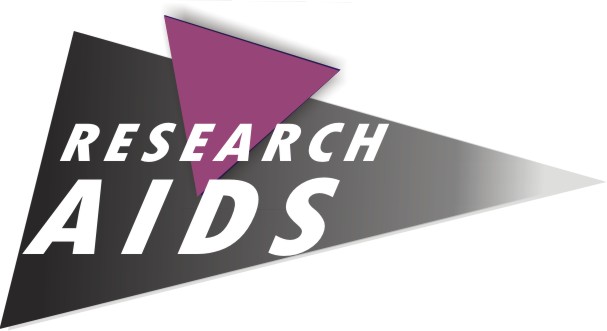Origin
The analysis of two archival HIV-positive samples collected in 1959 and 1960 on territory of theIn
Molecular phylogeny studies reveal that HIV-1 evolved from a strain of simian immunodeficiency virus, SIVcpz, within a particular subspecies of the chimpanzee (Pan troglodytes troglodytes). HIV-2 originated from SIVsm of sooty mangabeys (Cercocebus atys). Because SIV is a bloodborne pathogen and is also present in cells of mucous epithelium, humans could have been exposed to SIV on many occasions through bites, scratches, and wounds during hunting or other activities that involve monkeys and apes. The virus might have crossed primate-human barrier multiple times and at least on three separate occasions it was able to establish itself in the human organism at levels sufficient to become transmissible within the local human population resulting in three distinct phylogenetic lineages: M (Major, Main), N (New, Non-M, Non-O), and O (Outlier). O and N viruses are not pandemic. Thus, among the three SIVcpz ancestors of HIV-1 that have successfully crossed to humans, only one has given rise to the global AIDS pandemic: HIV-1 group M with subtypes A to K. Elegant field and phylogenetic studies determined that HIV-1 groups M and N (New) arose from geographically distinct chimpanzee populations in Cameroon however epicenter of human infections occured probably in Congo-Kinshasa (Zaire), Rwanda and Burundi. The origin of group O remains to be identified, but given the location of human cases, cross-species transmission may have occurred in neighboring
Three hypotheses of global pandemic exist:
- The virus was transmitted to humans in the 1800s or early 1900s. It then would have remained isolated in a small, local human population until about 1930s, when it began spreading to other human populations and to diversify (Transmission Early Hypothesis).
- The virus was transmitted from chimpanzees to humans around 1930, and immediately began to spread and diversify in human populations (Transmission Causes Epidemic Hypothesis).
- Multiple strains of SIV were transmitted from chimpanzees to humans in the 1940s or 1950s (Parallel Late Transmisson Hypothesis).


No comments:
Post a Comment